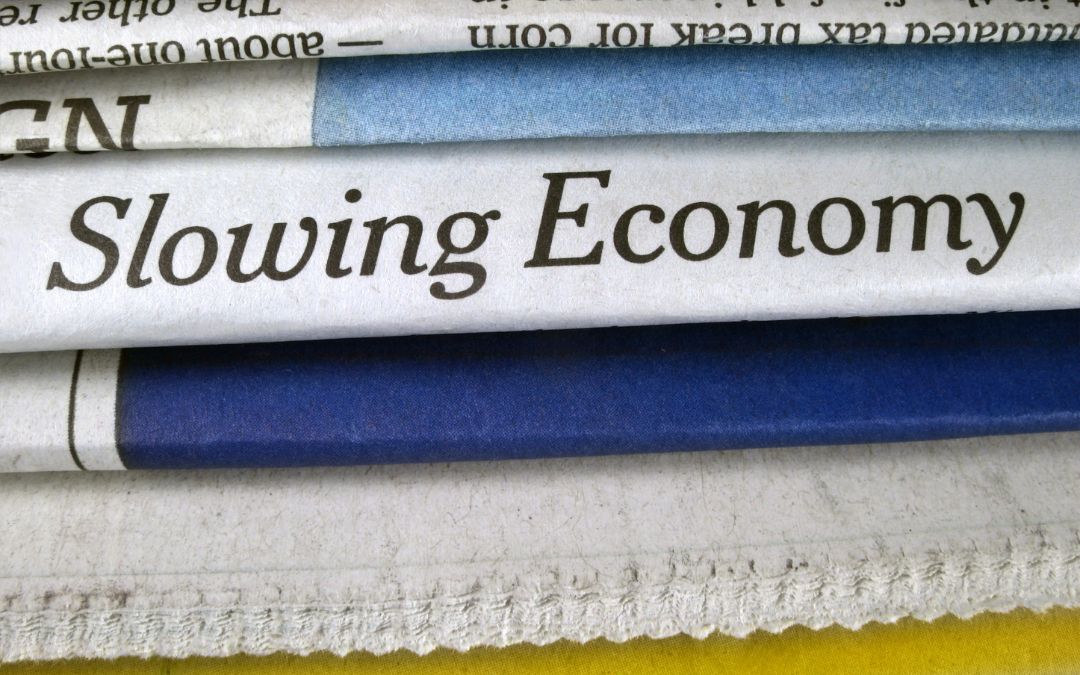Ask, and you shall receive. The Federal Reserve (Fed) has been trying to slow the economy for over two years in its battle to curb inflation. Generally, inflation is a byproduct of economic activity. People spending money for goods/services creates a demand for said good/service. Prices rise (a.k.a. inflation) if supply does not keep up with demand. To reduce inflation, the demand for goods/services needs to fall. Deliberately raising interest rates makes items more expensive to slow demand and economic activity with the goal of reducing inflation.
The trick is to slow the economy enough for inflation to return to reasonable levels but not so much as to spark a recession. A very difficult needle to thread. The term “soft landing” has been linked with such a difficult task. The Fed has been scrutinizing data for well over two years, attempting to create a soft landing. More recent data and market reaction have finally offered compelling evidence that the economic slowdown is upon us. Here is a small subset of data to support such a notion.
- Quarterly economic growth (as measured by Gross Domestic Product, or GDP) has slowed: 4.9% in the third quarter of 2023, to 3.4% in the fourth quarter of 2023, and 1.3% in the first quarter of 20241.
- Corporate chieftains have offered cautious forward guidance during recent earnings announcements.
- Delinquency rates, though still low, are trending upwards2.
- U.S. manufacturing has been contracting for more than 18 months2.
- Retail Sales have begun to moderate with some categories in contraction3.
- Housing has been cooling due to high mortgage rates not seen in decades.
- The 10-year Treasury yield has retreated from highs. Falling bond yields during faltering economic data often signal caution ahead4.
- The often-ignored Dow Jones Transportation Index (as opposed to the more popular Dow Jones Industrial Average) has retrenched about 8% since March highs. The Dow Jones Transportation Index is made up of logistics companies moving raw materials as well as finished goods. Fewer things moving around translates to less economic activity4.
The standout is the labor market, yet even the labor market has begun to show cracks. The latest Unemployment Rate clocked in at 4.0% after reaching a 3.4% low a year ago5. Though there are still more job openings than job applicants, the 12 million job openings high in 2022 have fallen to about 8 million5.
The primary and preferred instrument of choice is interest rate policy. Starting in mid-2022, the Fed increased rates at an unprecedented rate. Investors may recall the historically negative 2022. (Feel free to thank Fed Chairman Powell for that.) Those rate increases have finally begun to take their toll. The many calls for recession have so far gone unmet, but the clearly softening economy cannot yet rule them as false prophets. The Fed still has a window to claim a soft landing victory should the Fed be able to craft its next moves carefully.
1 Bureau of Economic Analysis; bea.gov
2 St Louis FRED database
3 Census Bureau, census.gov
4 Wall Street Journal Market Data; wsj.com/market-data 5Buraeu of Labor Statistics; bls.gov
The opinions expressed are those of Heritage Financial Consultants and not necessarily those of Osaic FA, Inc.
CRN-6716408-061824


Recent Comments